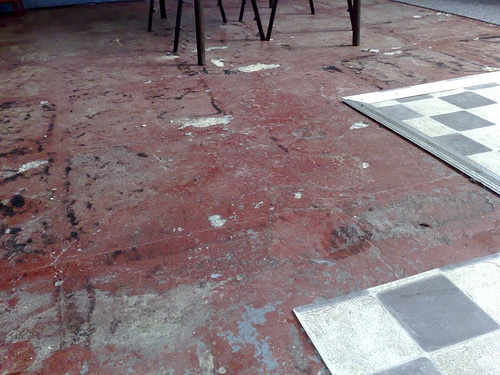This article will cover retirement home grease trap flooding. This would mean that the place is secure; has no neighborhood qualms; has friendly people; near establishments; easy to find; not in the center of hurricanes; and not prone to flooding. These are just some of the characteristics that most people would want their area of residence to have. This doesn’t change when they reach retirement, though. As retirees, people tend to look for ideal places to spend the rest of their lives in. Even if it’s just a small retirement home, they still want spaces that are presentable and decent.
Flooding is an issue when the residential area is in a place that is hit by storms and hurricanes most of the time. Even if it’s expected to occur, there are still measures done to prevent flooding in these areas. But what if flooding occurs in a place that is not supposed to flood?
Retirement home grease trap flooding is something that happens when the institution neglects to maintain the grease trap that they are mandated to install in their area. The grease ordinance is the one that should be followed by retirement homes so that FOG (fats, oils, grease) overflow can be avoided. When FOG overflow occurs, the FOG is carries through the sewer pipes by the untreated effluent. There, the FOG cools and solidifies. It ends up sticking to the inner walls of the pipelines like hard cement.
Eventually, the FOG completely blocks the pathway of the effluent towards the wastewater treatment facility. The wastewater backs up into the retirement home and surrounding areas. This is the flooding that goes straight into the main drains, especially the ones in the retirement kitchens.
There have already been several instanced wherein grease trap flooding has caused death and injury to the kitchen staff. It isn’t a secret that any kitchen is wired with electricity because of the heavy duty appliances that make work a lot faster. When there is retirement home grease trap flooding, the effluent reaches the power sources that are located near to the floor surface. Anyone who is in the kitchen at the time the grease trap and drains overflow with effluent, is prone to incurring severe injuries or even die when they are electrocuted. Slips could also occur when there is flooding by backed up effluent. The staff could also acquire diseases and infections when exposed to retirement home grease trap flooding. The food that they prepare could be contaminated as well. The last thing that retirees want is to get sick because of the food that they eat.
The grease ordinance should be strictly implemented so that retirement home grease trap flooding won’t take place. It’s is important for the owners of these retirement homes to always monitor, inspect, and maintain their grease traps to keep the FOG level at a low minimum. This would make sure that there will be a regular pump out schedule and that there will be no FOG overflow that will lead to retirement home grease trap flooding. Retirees must not be exposed to the pathogens in the backed up untreated wastewater. Their weak immune systems will not be able to handle it, considering that they already have medical conditions.
Using bacteria as a means to eliminate the FOG and solid materials in the grease trap will quickly lower the possibility of a retirement home grease trap flooding. The bacteria will also get rid of the disarming grease trap smells mainly due to lack of maintenance and backed up wastewater. Bacteria are very primitive organisms that eat voraciously in order to survive and reproduce. Bioremediation is a process that uses friendly bacteria to transform the FOG into less detrimental forms. Bioaugmentation makes use of a selected strain of bacteria to remove the contaminants and FOG in the grease trap.
Retirement home grease trap flooding is unnecessary in the lives of the retirees. With bacteria, this negative experience is banned for the rest of their lives.
